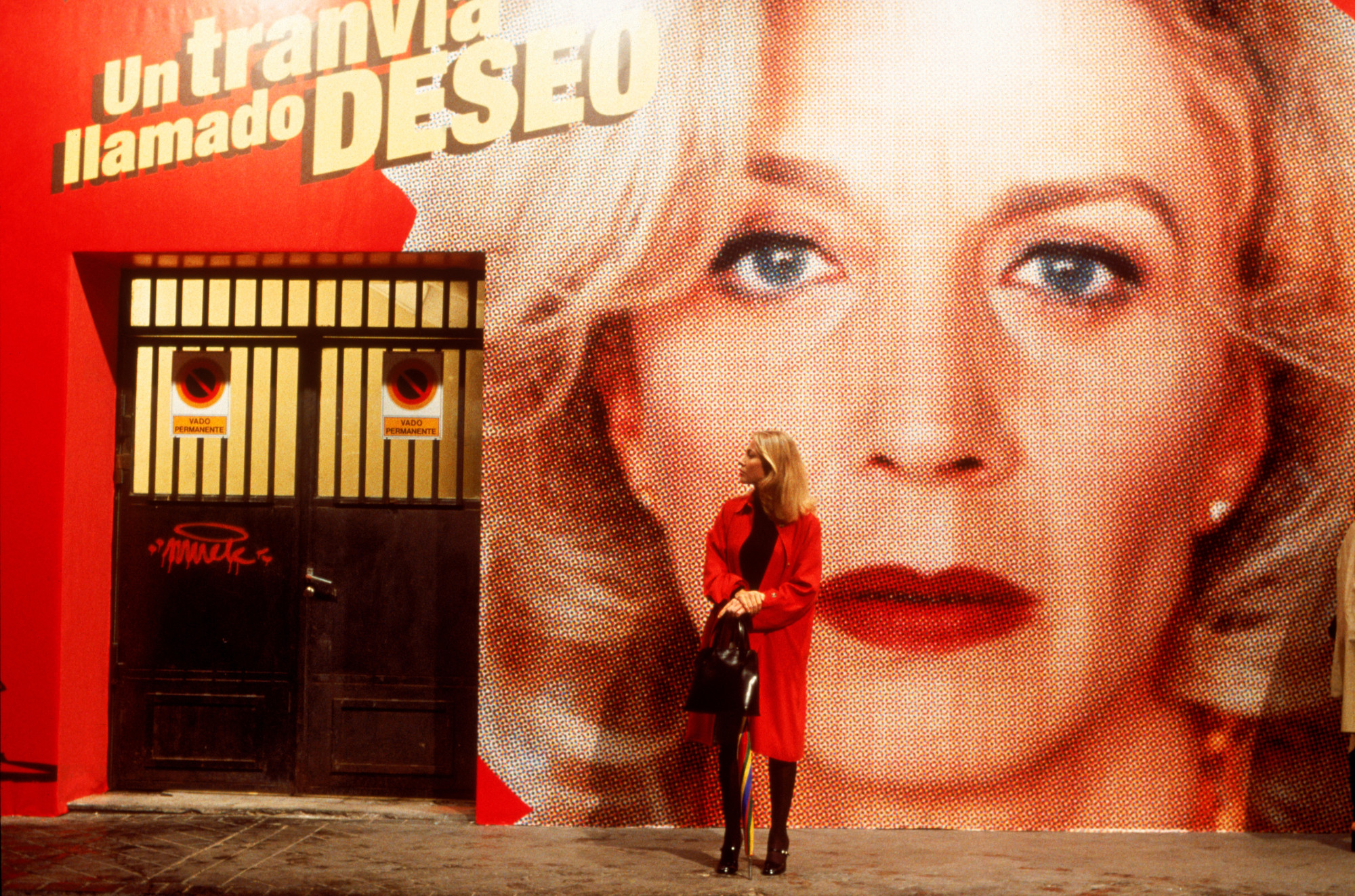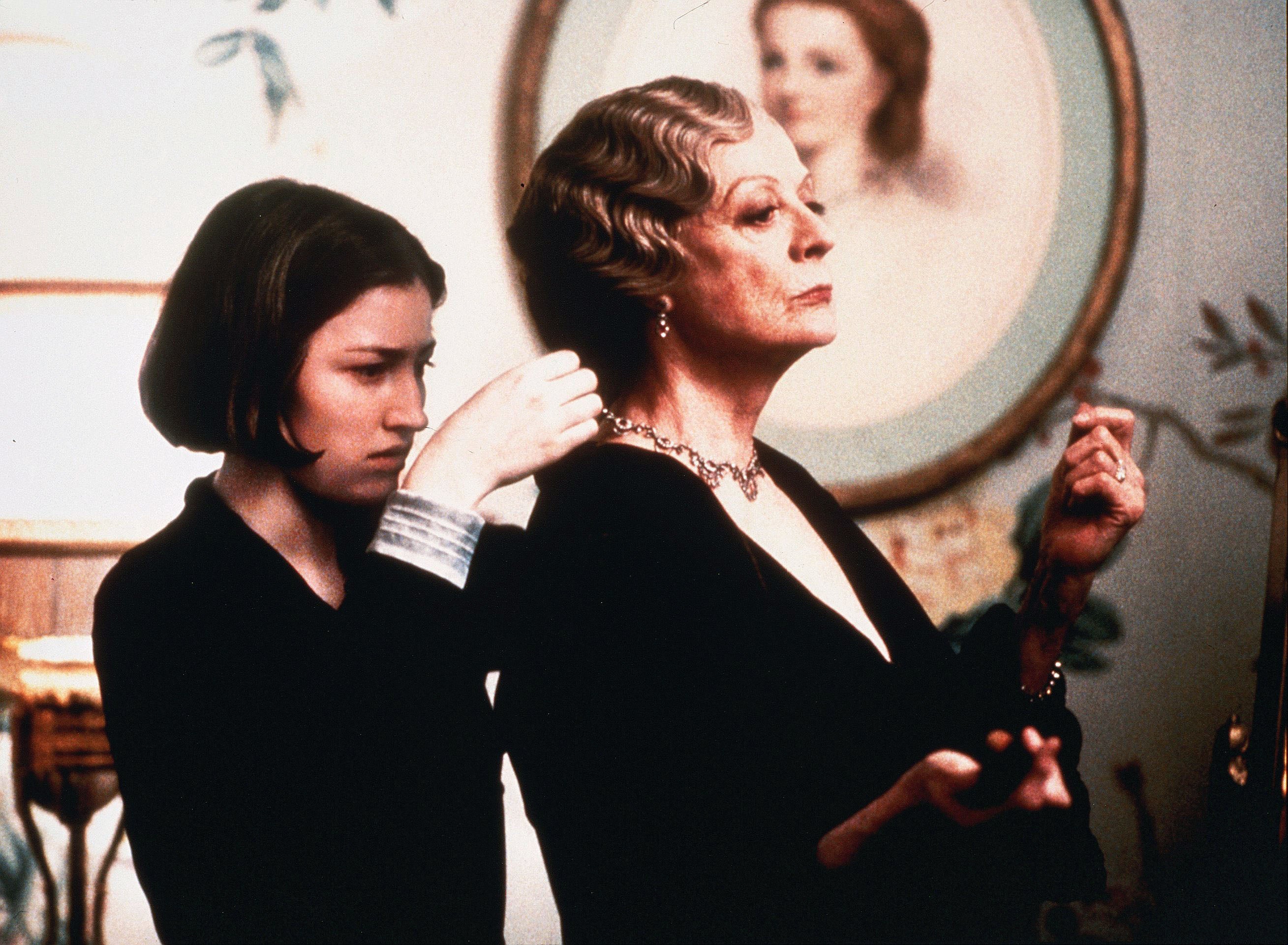The site before Mansfeld
Although archaeological digs have managed to unearth the remains of a small suburban district, the Recluse convent – from which the name "Clausen" derives – and the miraculous Sainte-Marguerite fountain have never been found. The archaeological remains were subsequently covered with earth for conservation purposes.
Before he started building his castle, Mansfeld had to purchase all of the land in the area and relocate the few inhabitants who were still living in war-damaged homes.
Gallery
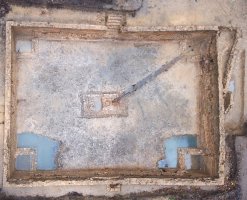

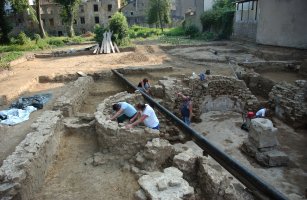
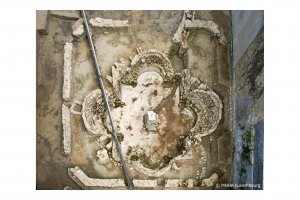




Construction of the "Mansfeldschlass", also known as "La Fontaine"
Why "Mansfeldschlass"?
The "Mansfeldschlass" was one of the most important royal residences of the RenaissanceIt was completed in several stages between 1563 to 1604, and comprised: period in the former Low Countries, now the Benelux Region.
- a maison de plaisance, i.e. a holiday residence with gardens and fountains, inspired by Italian suburban villas,
- an aristocratic residence built around a palatial core.
The grounds of the castle also included a game park covering the Neudorf valley and the surrounding slopes. In Luxembourg, the remains of Mansfeld's castle are the only remains of a royal residence from the period spanning the end of the Middle Ages to the end of the 19th century.
The only site of its kind in Europe with a Renaissance castle
Nature played a key role at "La Fontaine". Mansfeld diverted the natural course of the Alzette river so that he would have enough space for his gardens. He made the faces of the cliffs overhanging the valley steeper so that his residence would appear even more impressive. The castle itself was built on the gentle slopes at the bottom of the valley and is surrounded on three sides by natural slopes and artificially steepened cliff faces, forming an open arena facing the town from the Alzette side of the valley. This natural site – the only one of its kind dating back to Renaissance Europe – has been preserved.
Architectural gardens
The land between the diverted Alzette river and the castle was landscaped to create terraced gardens, the first of which is on the same level as Allée Pierre-de-Mansfeld; the second, at the level of the current park; and the third, at an even higher level, is recognisable by its imposing supporting wall. The park now takes up most of the area occupied by two former gardens, the orchard, and the garden maze, each of which has a fountain at its centre.
The Neptune fountain, the grotto and the cryptoporticus
These three elements provided a way of getting from the highest terrace to the main building and the grand gallery. The Neptune Fountain and the grotto also marked a transition between the castle and the gardens. Their remains are particularly wonderful examples of the architectural use of water. It was there that Mansfeld displayed his collection of Roman inscriptions.
The Neptune Fountain – an atrium surrounded by arches and an overhead pergola – had at its centre a depiction of the rape of Amphitrite by Neptune. The gloomy, arched grotto housed depictions of virtues attributed to great men, in the form of busts of Roman emperors, a bust of Mansfeld himself, and a dog symbolising vigilance and watchfulness.
The living quarters, the grand gallery and the main entrance building
The upper level of the tower was occupied by the count himself who, from the terrace, enjoyed a stunning view of the gardens and the town. The grand gallery building housed the ceremonial room, which was adorned with depictions of war and portraits of illustrious men. The building itself stood at right angles to the three-tower monumental entrance, which was located outside the park, near what is now Rue de Clausen.















